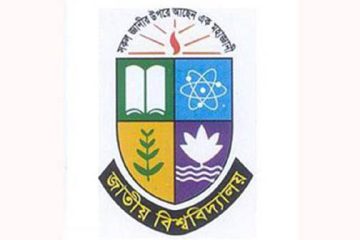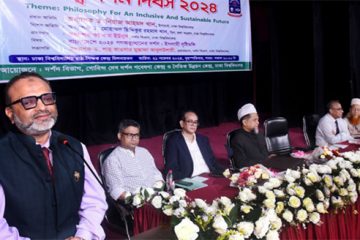The papaya mealy bug, a native of Central America, is threatening to wreak havoc in papaya cultivation in many areas of Bangladesh and causing huge economic losses to farmers.
The granule-sized pest, believed to have arrived in 2008 via imports feed on the sap, which eventually leads to the plant’s death. Its other hosts include crops like guava, ber, custard apple, eggplant and okra.
The bug’s high fertility rate resulted in heavy infestation in many papaya cultivation areas, especially in Gazipur and Narsingdi according to a Bangladesh Agricultural Research Institute (BARI) survey conducted between 2008 and 2010.
Bangladesh Bureau of Statistics recorded a drop in papaya production in five regions — Dhaka, Khagrachhari, Jessore, Kushtia and Bogra — between 2007-08 and 2011-12 fiscals.
The biggest drop was counted in Kushtia, from 17,806 to 12,419 tonnes, followed by Dhaka, from 15,492 to 13,339 tonnes.
Talking to The Daily Star recently, Syed Nurul Alam, chief scientific officer and head of entomology division of BARI, blames this drop, among other factors, mainly on this non-indigenous pest.
One farmer in Magura says he stopped cultivating papaya three years ago after incurring a loss of around Tk 50,000 from attacks of this potentially devastating pest. “I spent around Tk 1 lakh on one acre of land. But most of the yield went bad,” he said.
Shorif Shawdhin, executive director of ECF, an agro-based non-government organisation (NGO) of Magura’s Shibrampur, said around 15 percent of 365 farmers affiliated with the NGO had stopped cultivating papaya in the last three years after suffering losses from attacks by the non-native pest.
He said insecticides were usually environmentally questionable and there was none in the locals market that could effectively take out this alien invasive species.
This was contradicted by Nazmul Ahsan, pesticide regulation officer of plant protection wing of the Department of Agricultural Extension.
He said there was an insecticide of malathion group but farmers were not following the four Rs (right time, right dose, right application and right equipment).
Shorif Shawdhin informed that there was also a biological control method though a parasitoid, Acerophagus Papayae, was found in Mexico.
They were preparing to import the insect, said Syed Nurul Alam, adding that heavy rains also provide temporary relief.
The pest spread to the Caribbeans and South America in the 1990s. Since then it has been accidentally introduced to some islands in the Pacific region. The pest was found in Indonesia (Java) and India (Tamil Nadu) in 2008, he said.
-With The Daily Star input




















